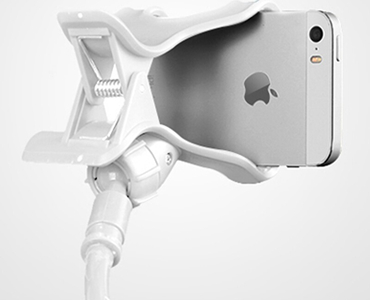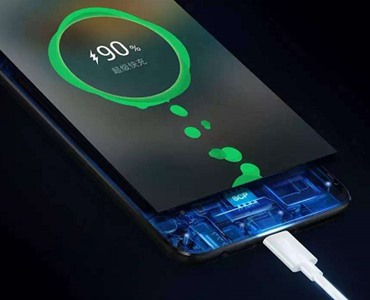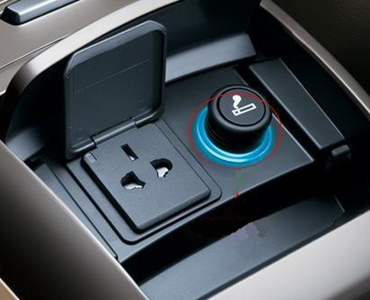586 views Yuda Electronic (HK) Technology Co.,Limited. 2019-09-16
USB technology has been developed for more than 20 years since 1993, and the USB data cable has become the charging interface and connection standard interface for various devices. The first generation of officially defined USB 1.0 was officially launched in 1996. It provides a low-speed transfer rate of 1.5MB/s for keyboards and mice and a transfer rate of 12 MB/s at full-speed channels. USB 2.0 was introduced in 2001, achieving a leap-forward development of high-speed transmission rates of up to 480 MB/s. In 2010, USB 3.0 was finally released. Today, the most common USB data cables on the market are divided into USB2.0 and 3.0. What is the difference between them? Today Android data cable manufacturers come to tell you.

Physical difference
The physical difference between USB 2.0 and USB 3.0 is the number of connections. This new topology significantly increases bus utilization and increases system throughput. USB 2.0 uses a four-wire connection to support half-duplex communication. In this architecture, data can be unidirectionally transmitted at any given time using only one bidirectional data pipe. In contrast, USB 3.0 adds five connections, bringing the total number of connections to nine, and uses a unicast dual simplex data interface, allowing two unidirectional data pipes to handle one-way communication separately.
Larger bandwidth
USB 3.0 improves the bulk data transfer mechanism of USB. The effective usable bandwidth of the bulk transfer method is approximately 400MB/s, approximately ten times that of USB 2.0; this important transport mechanism enables camera manufacturers to build high-throughput USB 3.0 cameras. This not only provides significant cost savings for integrators, but also increases the speed and efficiency of the entire system. In addition, greater bandwidth allows for faster frame rates and higher system performance.
Power output
USB 3.0 also provides more efficient power management features and more powerful power output than USB 2.0. The USB 3.0 device operates in ultra-high speed mode and supports 900mA current, which increases the total output power from 2.5 W to 4.5 W (at 5 V).

Cell phone accessories wholesale business can get high profits. But the market is fierce. Big bra...

Does fast charging reduce phone battery life? In order to allow everyone to understand this matt...

How to install the car charger: 1. Insert the USB power adapter into the car cigarette lig...